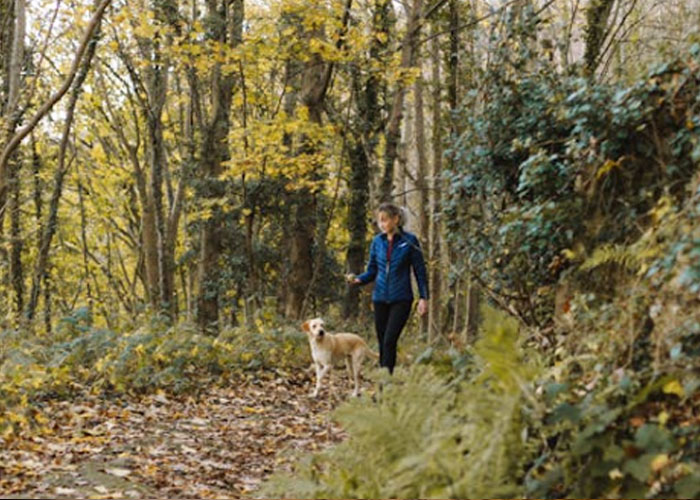Safely Embrace the Great Outdoors: A Guide to Exercising Outside
As the allure of outdoor exercise continues to captivate fitness enthusiasts, it’s essential to prioritize safety alongside the benefits of fresh air and natural surroundings. Exercising outdoors offers a myriad of advantages, including increased vitamin D intake, improved mood, and a greater sense of connection with nature. However, it also presents unique challenges and considerations that warrant attention. Whether you’re a seasoned outdoor enthusiast or new to exercising in the open air, here’s a comprehensive guide on how to exercise outdoors and stay safe.
- Choose the Right Location:
Selecting a suitable outdoor exercise location is paramount to ensuring your safety and enjoyment. Consider the following factors when choosing where to work out:
Accessibility: Opt for locations that are easily accessible and within a reasonable distance from your home. This ensures convenience and minimizes transportation-related risks.
Terrain: Pay attention to the terrain of the outdoor space. Choose trails and paths that are well-maintained and suitable for your fitness level and preferred activities.
Safety Features: Look for outdoor spaces equipped with safety features such as lighting, signage, and emergency assistance facilities, particularly if you plan to exercise during early morning or evening hours.
- Be Mindful of Weather Conditions:
Weather conditions can significantly impact your outdoor exercise experience and safety. Stay informed about the weather forecast and take appropriate precautions:
Dress Accordingly: Dress in layers and wear moisture-wicking clothing to regulate body temperature and stay dry. Additionally, don’t forget to wear sunscreen and protective gear to shield yourself from the sun’s rays.
Hydration: Stay hydrated by drinking water before, during, and after your outdoor workout, especially in hot and humid conditions. Bring a reusable water bottle and consider incorporating electrolyte-rich beverages for longer or more intense sessions.
Adapt to Weather Changes: Be prepared to adapt your workout plans in response to changing weather conditions. Have a backup plan for inclement weather, such as indoor exercise alternatives or postponing your workout to a safer time.
- Practice Safety Precautions:
Prioritize safety by incorporating the following precautions into your outdoor exercise routine:
Warm-Up and Cool Down: Begin each workout with a thorough warm-up to prepare your body for exercise and reduce the risk of injury. Likewise, conclude your workout with a cooldown period to gradually lower your heart rate and stretch your muscles.
Stay Aware of Surroundings: Maintain situational awareness while exercising outdoors. Keep an eye out for potential hazards such as uneven terrain, obstacles, wildlife, or other individuals sharing the space.
Tell Someone Your Plans: Inform a friend or family member about your outdoor exercise plans, including your intended location, duration, and expected return time. This ensures that someone is aware of your whereabouts in case of an emergency.
- Listen to Your Body:
Listen to your body and honor its signals during outdoor exercise. Pay attention to signs of fatigue, dehydration, or overexertion, and take appropriate action:
Know Your Limits: Respect your body’s limits and avoid pushing yourself beyond what feels comfortable or safe. Gradually increase the intensity and duration of your workouts to prevent injury and build endurance over time.
Take Breaks: Incorporate regular rest breaks into your outdoor exercise routine to allow your body to recover and recharge. Use this time to hydrate, refuel, and assess how you’re feeling physically and mentally.
Seek Medical Attention if Necessary: If you experience any concerning symptoms or injuries during outdoor exercise, don’t hesitate to seek medical attention. Listen to your body and prioritize your health and well-being above all else.
- Stay Connected and Prepared:
Stay connected and prepared for unforeseen circumstances by taking the following precautions:
Carry a Fully Charged Phone: Bring a fully charged mobile phone with you during outdoor workouts for communication and navigation purposes. Consider using fitness apps or safety apps that allow you to share your location with trusted contacts.
Pack Essentials: Pack essential items such as a first aid kit, identification, emergency contact information, and any necessary medications or medical supplies. Additionally, consider carrying a whistle or personal alarm for added security.
Follow Local Guidelines: Familiarize yourself with local regulations, guidelines, and trail etiquette when exercising outdoors. Respect designated hours of operation, leash laws for pets, and any specific rules governing outdoor recreational activities in your area.
Conclusion:
Exercising outdoors offers a multitude of benefits for physical, mental, and emotional well-being. By following these safety guidelines and precautions, you can enjoy the rewards of outdoor exercise while minimizing risks and ensuring a safe and fulfilling experience. Whether you’re running, cycling, hiking, or practicing yoga in the great outdoors, prioritize safety, stay mindful of your surroundings, and listen to your body every step of the way. Embrace the beauty of nature, stay active, and make the most of your outdoor exercise adventures with confidence and peace of mind.

